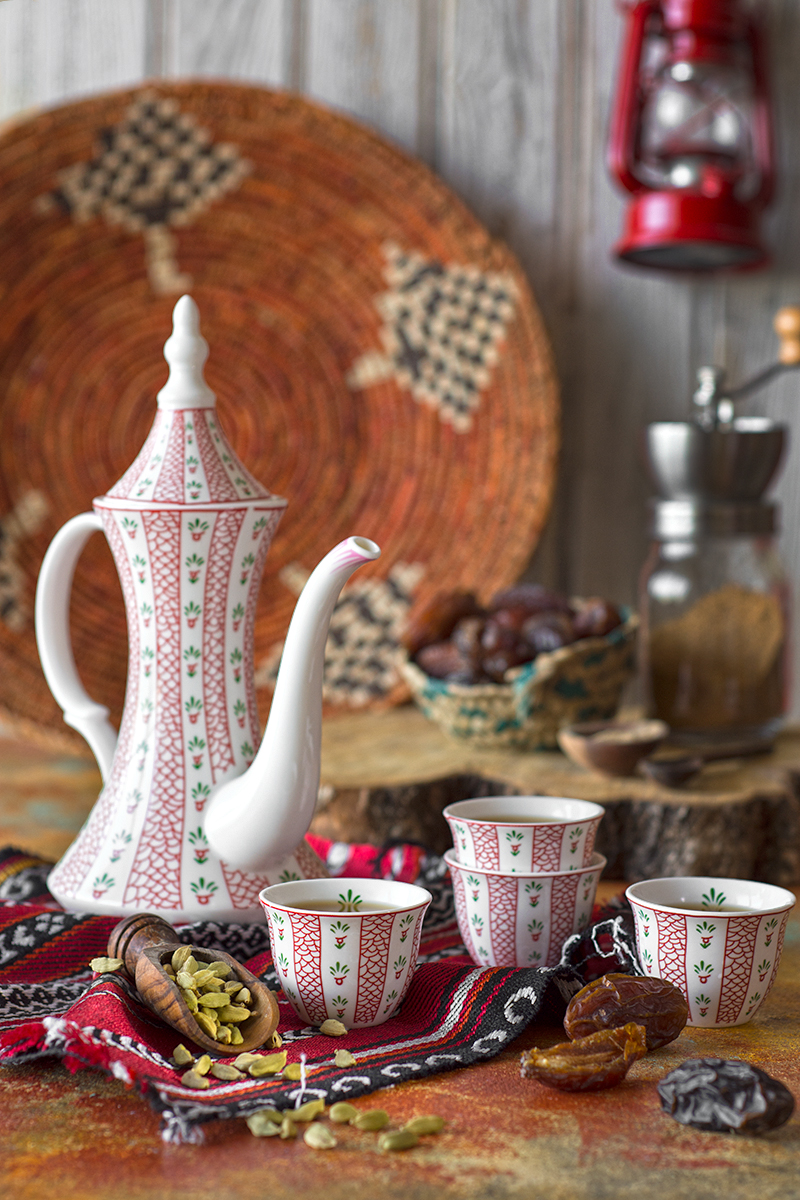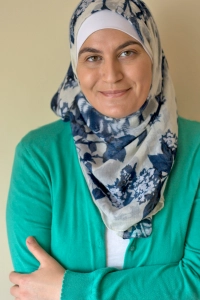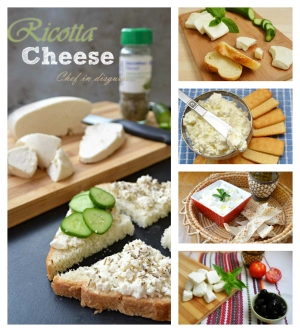For centuries, coffee has played a central part in the Arabic culture and traditions. It is interwoven in the Arab world’s history, poems, proverbs and stories to the point that it was recognized as Intangible Cultural Heritage of Humanity by UNESCO in 2015 .
To give you an idea of how deep-rooted coffee traditions are in the middle east, there is an ancient proverb that sort of sums it up. It goes
(الاول للهيف و الثاني للضيف و الثالث للكيف و الرابع للسيف)
The translation is
(The first is for the maker, the second is for the guest, the third is for pleasure and the fourth is for the sword)
The proverb means that when coffee is made the first cup goes to the maker, to ensure that the coffee is made to perfection and fit to be served to the guests.
The second cup is served to the guest, as an expression of hospitality, generosity and celebration. The guest in return must drink it to show respect and appreciation for the host. This host and guest dance is highlighted in special occasions like a proposal. When a man comes to officially propose to a woman’s family he is served coffee but he puts down the cup and says that he can’t drink the coffee till his request is met with approval. If the family of the bride approves, the head of the family will tell him to drink his coffee implying the acceptance of the proposal
Back to our proverb, the third cup is for pleasure meaning that it is served when the visit is long and people are enjoying their time and each other’s company
The fourth is for the sword and that means that the guest has become part of the family and he is now obliged to defend and help them even if it comes to using his sword. Though swords are definitely a thing of the past in the Arab world now, the strength of the bonds formed over those little cups of coffee still stands.

If you have never had Arabic coffee before, allow me to tell you a little more about it. qahweh Arabieh (pronounced ka-h-wa) is a type of the coffee that is popular in the Arab world (Gulf area in particular) especially during the month of Ramadan. Two main differences set Arabic coffee apart from your everyday American coffee. The first is that the coffee beans are only roasted till they are golden brown as opposed to the deep rich brown that borders on black for other forms of coffee.
The second is that Arabic coffee (also known as Saudi coffee or blond coffee) is heavily infused with cardamom. Some people even like to go the extra mile and prefer to add saffron, ginger and cloves to their coffee making it an aromatic fiesta of flavors.
This type of coffee is never sweetened, it is always bitter, served in small cups with a few dates on the side to cut through the bitterness.
Since it plays such an important part in the Arabic culture it should come as no surprise that there are dedicated pots for serving coffee. They are called Dallah and traditionally they were either white decorated pottery like the one you see in my picture or were made out of copper. Nowadays dallahs come in all shapes, colors, and sizes but I personally have a soft spot in my heart for the old beautiful ones.
As you can expect, with the dedicated pot comes a set of instructions for serving, I will share a few with you:
You always hold the serving pot with your left hand and the cup in the right. Pour in the coffee and hand it to your guest with a smile. If you have multiple guests start with the eldest or the one on your right.
You should always offer to refil your guests’ cups when they’re done. If they want more they will extend the cup, if not they will tilt it gently from left to right indicating that they’ve had enough 🙂
I hope that this little history and traditions lesson inticed you to try some Arabic coffee. If it has, you can find the recipe below
Saudi Coffee:
1 Liter water
3 tablespoons ground coffee
3 teaspoons ground cardamom
Fill your serving pot with hot water to warm it up. This step is important to ensure that the pot doesn’t cool down the coffee when it is poured into it.
Bring 1 liter of water to a boil in a pot, add the coffee grinds , simmer for 2-3 min then take it off the heat.
Empty out the warm water from your serving pot, add the cardamom and then pour in the coffee. Cover the pot and allow it to infuse for 10 minutes
Serve with dates and enjoy
Notes:
If you wish to add other spices you can add 1/4 teaspoon saffron, 5 pods of cloves or 1/2 teaspoon dried ginger.
بما انه رمضان صار ورا الباب ..(اللهم بلغنا رمضان و اعنا على صيامه و قيامه و تقبله منا و من نحب يا رب) كانت وصفتنا في نكهه عربيه هي القهوه السعوديه او القهوه الشقراْ..يا ترى سبق جربتوا القهوه السعوديه ؟ و هل بتضيفولها زعفران و قرنفل و الا بتحبوها بالهيل فقط؟
بتعرفوا انه القهوه العربيه مسجله كتراث انساني في اليونيسكو؟
القهوه العربيه
نشتري القهوة النيئة او القهوة الخضراء و ننقيها من القشور او اي شوائب جيدا ثم نحضر مقلاة واسعة وغير لاصقة ثم نضعها على النار ونتركها حتى تسخُن.
نضع في المقلاة كمية مناسبة من البن الأخضر ونحرص على تقليبها من وقتٍ لآخر وسنلاحظ في هذه المرحلة تغير لون حبوب البن.
عند انتشار الرائحة الجميلة لحبوب القهوة فهذه علامة على أنّ البن قد دخل في مرحلة النضج والتحميص.
عند تغير لون حبوب القهوة إلى اللون الأشقر نقوم برفع المقلاة عن النار ونتركها حتى تبرد.
ثم نطحنها اما بالمطحنة المنزلية او بالمحلات و نحفظها باوعية زجاجية معلقة جيدا للحفاظ على نكهتها
طريقة غلي القهوة السعودية
نضع على النار ليتر ماء و عندما يغلي نضع عليه 3 ملاعق من القهوة الشقراء المطحونة و نتركه يغلي لدقيقتين او ثلاث
نضع الهيل في دله التقديم و نصب القهوه فوقه و نتركه ليهدأ و هو مغطى 10 دقائق
If you liked this post how about sharing it
Related



![]()



















